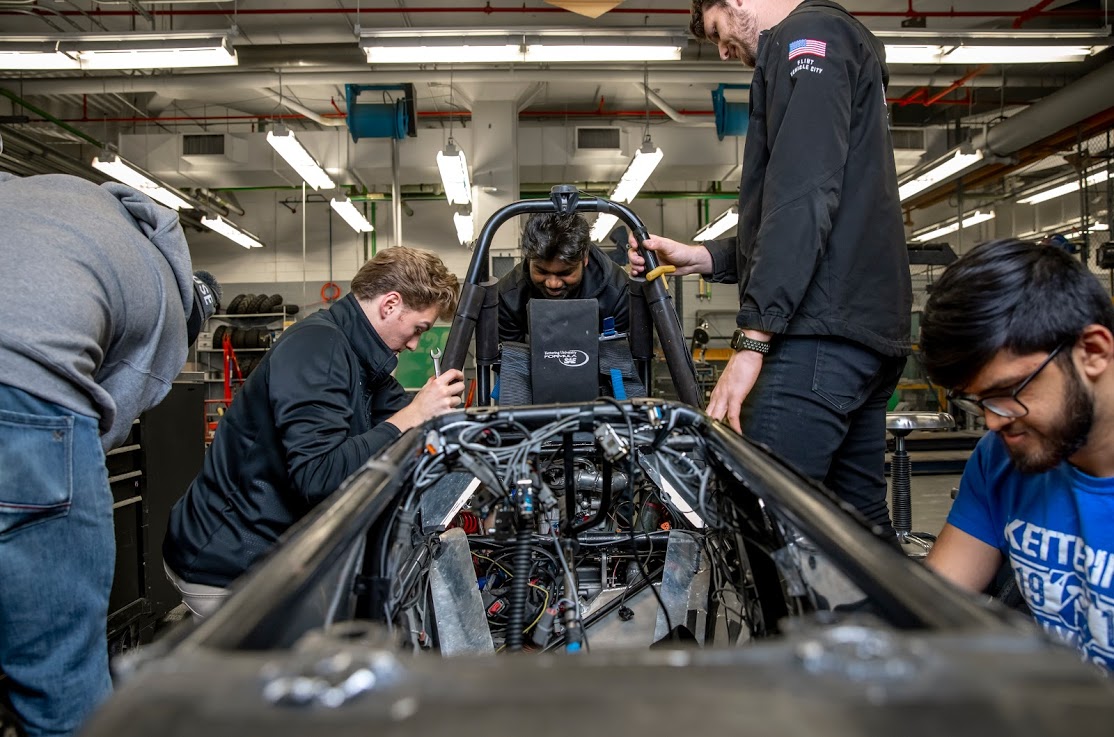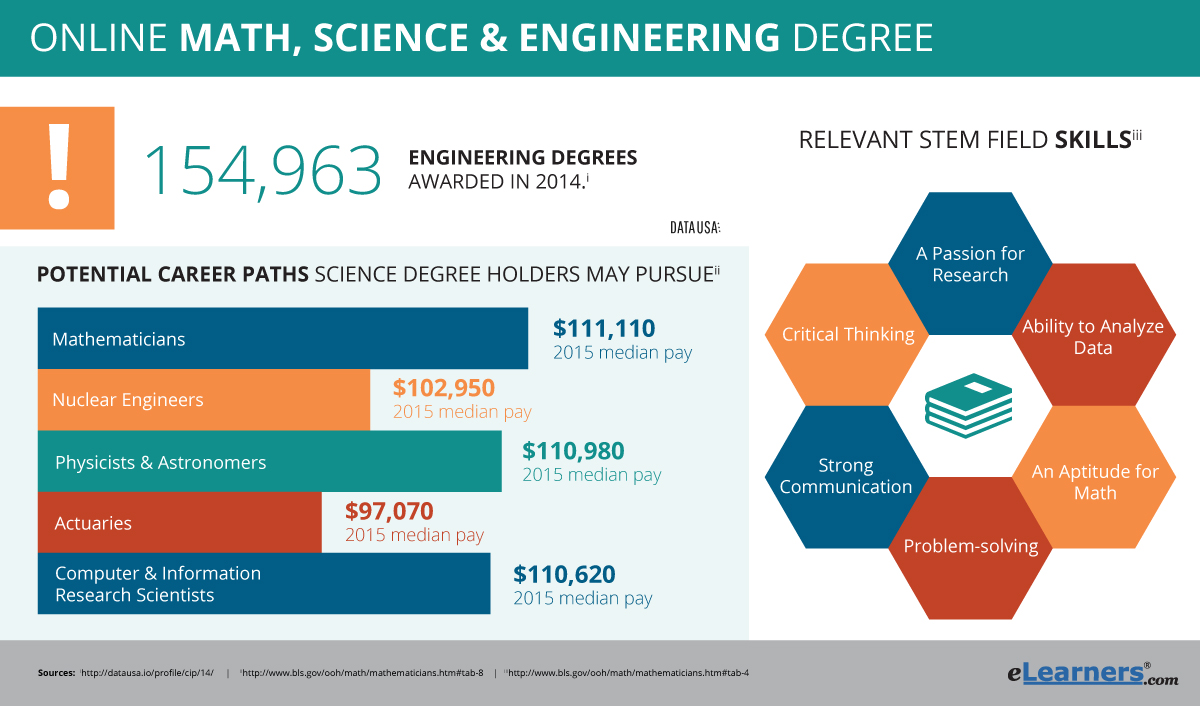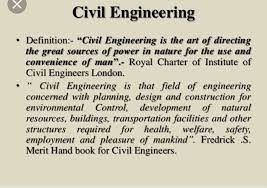
Safety engineers are responsible for safety systems development and implementation. This profession requires a good knowledge of regulations, standards, systems, and other relevant information. They must also be familiar with relevant technologies. Below is a list of job duties and education requirements to become a safety engineer. You must hold a bachelor's degree as an engineer to be a safety engineering.
Safety engineers are responsible for the following job duties
Safety engineers' job duties include identifying hazards at work and reporting them. They also conduct occupational disease investigations and carry out accident investigations. Safety engineers have other duties, such as interpreting safety regulations and analysing statistics. Safety engineers are responsible for developing safety features in products and processes that will limit environmental and employee exposures. They also test machinery, equipment and other devices to ensure their safety.
Safety engineers can be found in offices or out in the field. Safety engineers are responsible for testing machinery, tools, and processes to prevent accidents. They might also be part of a team that improves safety procedures. Safety engineers working in this field might be responsible to design and test underground mine equipment. They could also be responsible to manage rescue teams.

Safety engineers collaborate with designers to ensure safe products and processes. They can be responsible to create new procedures and processes and present them to managers. They could also be responsible for organizing seminars or planning training classes.
Education requirements
As the role of safety engineer involves creating an integrated management system to prevent injury and accidents, the education requirements are varied. The safety engineer role requires an in-depth knowledge of safety legislation and systems. In addition, the role requires a high level of interpersonal skills. This article will cover the most critical educational requirements for safety engineers.
A bachelor's degree is usually required in engineering. Some universities offer specialized courses in health and safety. Check that the program you select is accredited by the Accreditation Board for Engineering and Technology. A master's degree in health and safety is also helpful, as it will give you more experience on the job and increase your job marketability.
Also, you will need strong computer skills. Safety engineers and health professionals must be able integrate systems and anticipate human reactions. You must also have strong work ethics. You must conduct regular reviews, maintain records, guide workers, and implement countermeasures that prevent accidents. Strong communication skills are essential to be able to effectively communicate safety regulations, their purpose, and create training materials.

Job outlook
A safety engineer has many responsibilities. One of these duties is to develop an integrated management system. As such, the position requires a thorough understanding of various standards, legislation, and systems. Safety engineers are responsible for the development and implementation of safety programs. This includes helping to develop a safety and health policy, and a risk assessment tool.
It is rewarding to work as a safety engineer. This involves ensuring safety for people, buildings, products, and the surrounding environment. As a health and safety engineer, you will be able to apply your creative problem-solving skills to a wide range of problems. In addition, the career comes with excellent benefits and competitive pay. Check out the sample job descriptions below to see if this is something you are interested. It will give a clearer picture of the work required by employers.
You can find a career as a safety and health engineer in many settings, such as offices, laboratories and industrial plants. They might also be required to travel across the United States for work. Some jobs require overtime. They use scientific and statistical tools to ensure the safety of workers and improve environmental quality. They will also need to be proficient using CAD software and computer assisted design.
FAQ
How long does it take for an engineer to become?
There are different routes into engineering. Some people begin studying right after they leave school. Others choose to attend college first.
Some students will join a degree program straight from high school, whilst others will join a two-year foundation degree program.
They may then continue to a three-year or four-year honors programme. They could also choose to pursue a master's program.
Before you decide which route to take, think about your career goals once you are done with school. Do you plan to continue in education or enter the workforce?
The time taken to complete each stage will vary depending on what university you go and whether you're taking a full or part-time course.
However, it is important to keep in mind that the amount of experience gained after completing a qualification does not always correlate with how long it took. Even if your college experience is only for one year, it doesn’t mean that you’ll be able to apply the same skills in the workplace as engineers.
What does a typical day in the life of an engineer look like?
Engineers spend most of their time working on projects. These projects could involve the creation of new products, or even improving existing ones.
They may work on research projects that aim to improve the world around us.
They could also be involved creating new technologies such computers, mobile phones and planes, rockets, or other devices.
Engineers must use their imagination and creativity to complete these tasks. They need to be able think outside the box and find creative solutions to problems.
They will be required to sit down with their ideas and develop them. They will also need to test their ideas using various tools, such as laser cutters, CNC machine, 3D printers, and computer-aided designing software.
Engineers also have to communicate effectively to explain their ideas to others. They need to write reports and presentations so that they can share their findings and ideas with clients and colleagues.
They will also need to be efficient with their time to accomplish the most work in the shortest time possible.
You will need to be imaginative, creative, organized, and analytical no matter what engineering field you choose.
What are the jobs I can get as an engineer?
Engineers can work in nearly every industry: manufacturing, transportation and energy, finance, government and education.
Engineers with specialized skills can find employment at organizations or companies that specialize in their field.
An example of this is that electrical engineers can work for telecommunications firms, medical device makers, or computer chip manufacturers.
Software developers could work for websites and mobile app developers.
Tech companies such as Google, Microsoft and Apple may employ computer programmers.
Engineering is difficult to learn?
It all depends on what you mean when you say "hard". If you mean difficult, then yes, but if you mean boring, then no. Engineering is not hard because it requires lots of maths and physics.
If you want to learn how to do something, go for it! You don't have to be an engineer to become an engineer.
Engineering is fun, as long as it's something you like.
It could be said that engineering is simple if you know all the details. However, it isn't true.
Engineers can be boring because they haven’t tried it all.
They've just stuck to the same old thing day after day.
There are many ways to solve problems. And each way has its own advantages and disadvantages. You can try them all to find which one is best for you.
Is engineering a rewarding career?
Engineering is an exciting profession where you are constantly learning and improving yourself. It is possible to make a significant impact on people's lives. And there are many different ways to do this.
You could design products, such as cars and planes, trains, computer systems, smartphones, and other devices. These products could be designed or built by you. You might also be interested in creating medical equipment and machinery. There are so many possibilities!
Engineers love to work with others and help them solve problems. Engineers are always open to learning new things and challenging situations.
Engineering is a great career option, but it requires dedication and hard work. It's not just sitting around watching TV all day. To get the desired results you'll have to put in a lot. But the rewards will be worth it.
What is a Chemical Engineer?
Chemical engineers combine science, math, engineering, technology, business skills, and science to create chemical processes, products and equipment.
Chemical engineers can choose to specialize in areas like petroleum refining or pharmaceuticals, food processing, agricultural, textiles and paper, mining, metalurgisty, and power generation.
They collaborate closely with scientists and researchers to solve technical problems.
Statistics
- 8% Civil engineers solve infrastructure problems. (snhu.edu)
- Job growth outlook through 2030: 9% (snhu.edu)
External Links
How To
How to read engineering diagrams
Engineering drawings provide a visual description of an object. There are many elements in these drawings such as text, dimensions and symbols. Engineering drawings have been around from ancient times. The first known drawing was made in Egypt during 3000 BC. They are used to design objects such as bridges and buildings.
Engineers use engineering diagrams to show what something looks like. This makes it easy for others to understand your message. Engineers make things by using symbols and numbers to measure. This makes it simpler for people who don’t understand engineering.
There are 2D and 3D types of engineering drawings.
2D drawings represent flat representations of three-dimensional objects. These include plans and sections, elevation views and axonometric projecteds.
3D drawings represent real-life objects with multiple angles. They are most often created with computer software. SketchUp allows you to display a model from the top of a bridge. Then, select "View" then choose "Top view." Then rotate your view until all of it is displayed from above.
2D drawings can be seen in a holistic way. Don't just focus on one part. Make sure to notice important parts in the upper right corner.